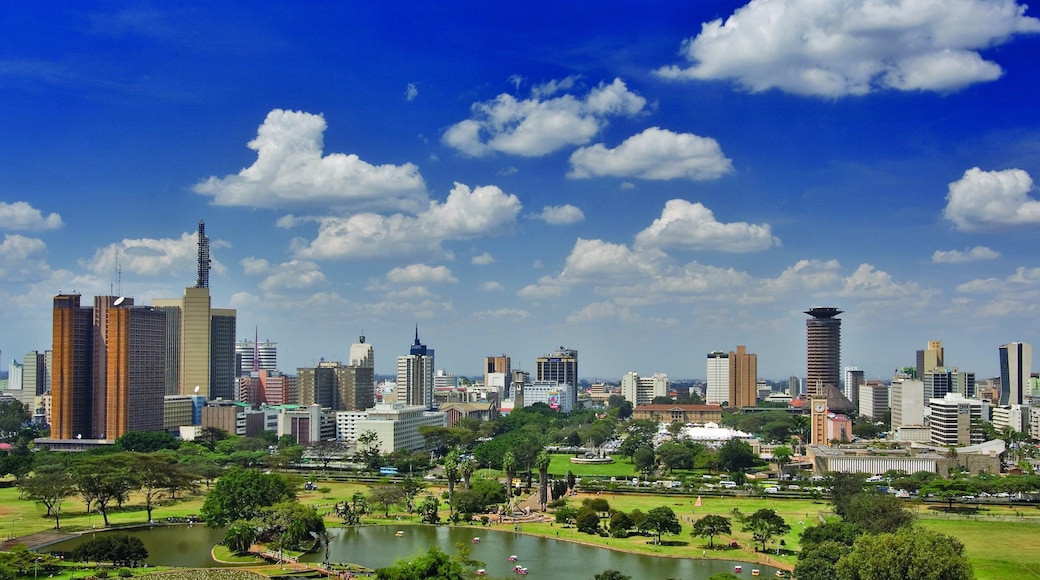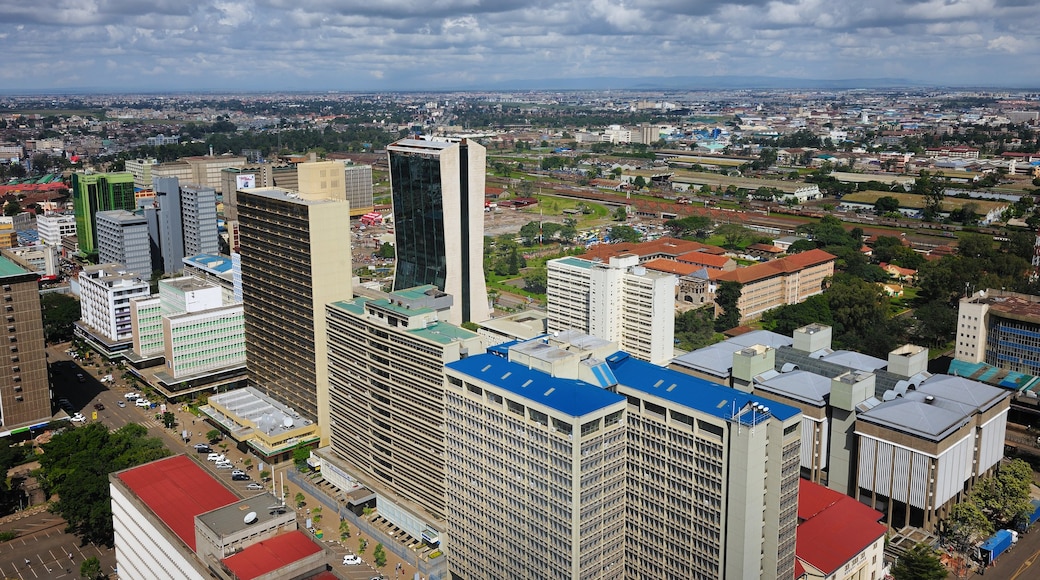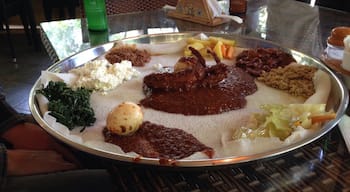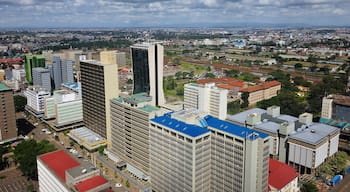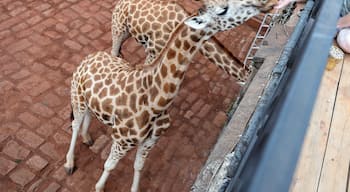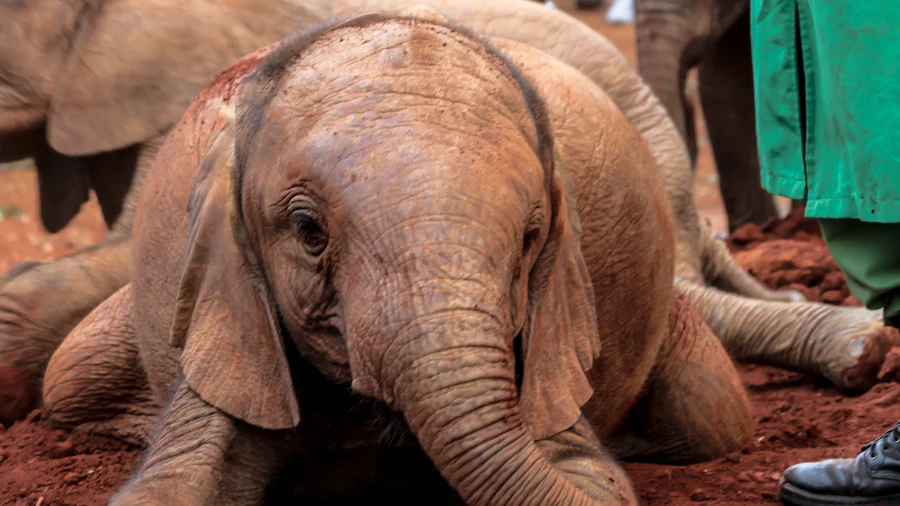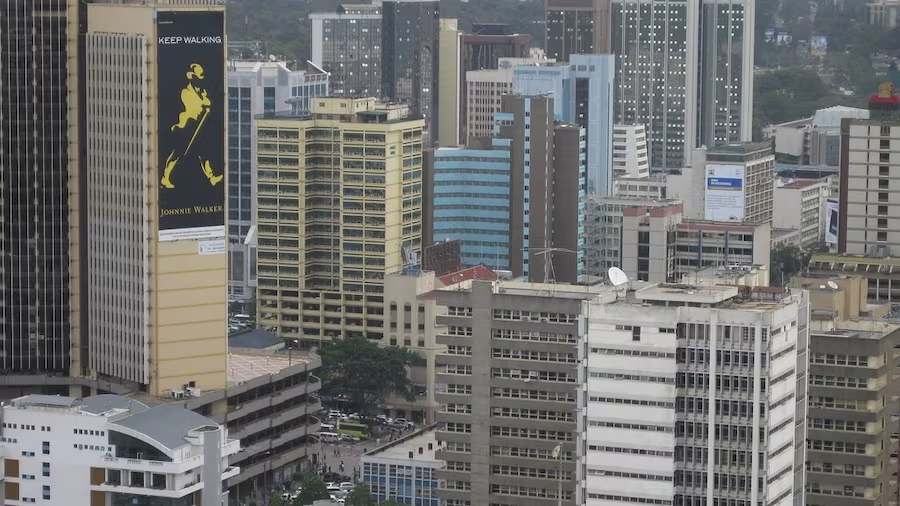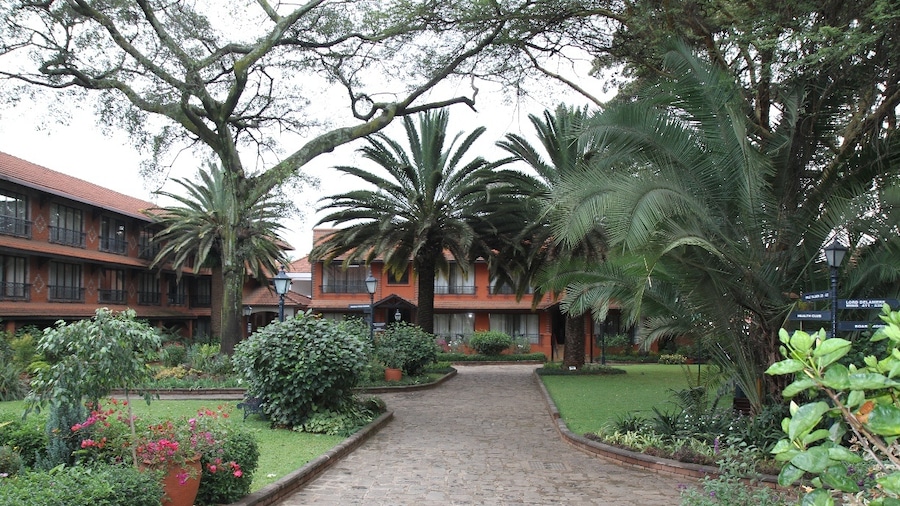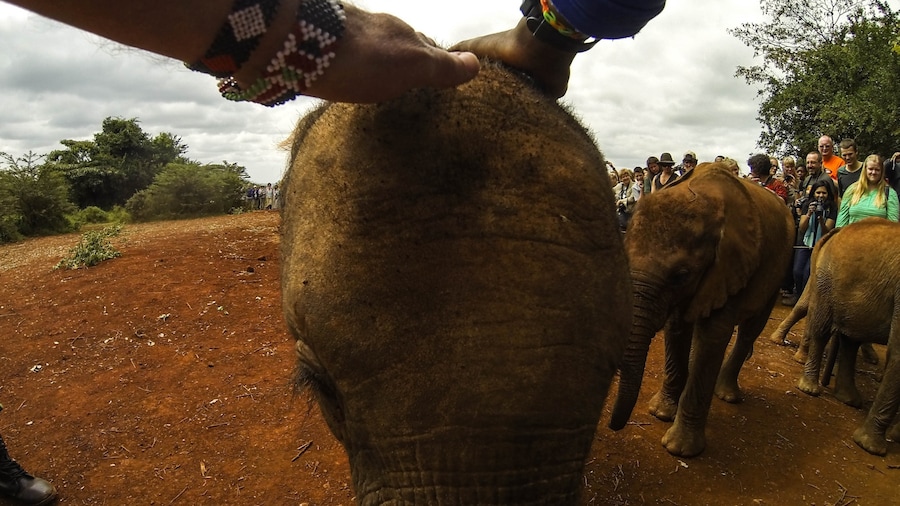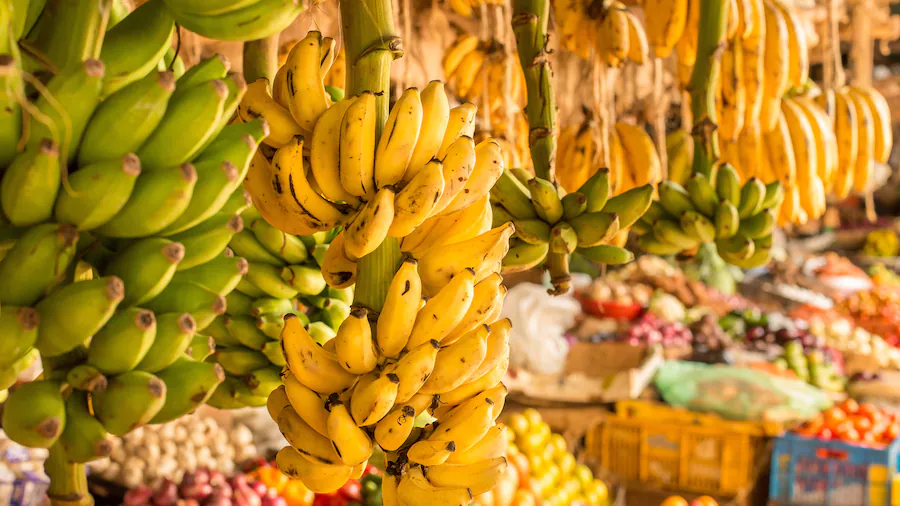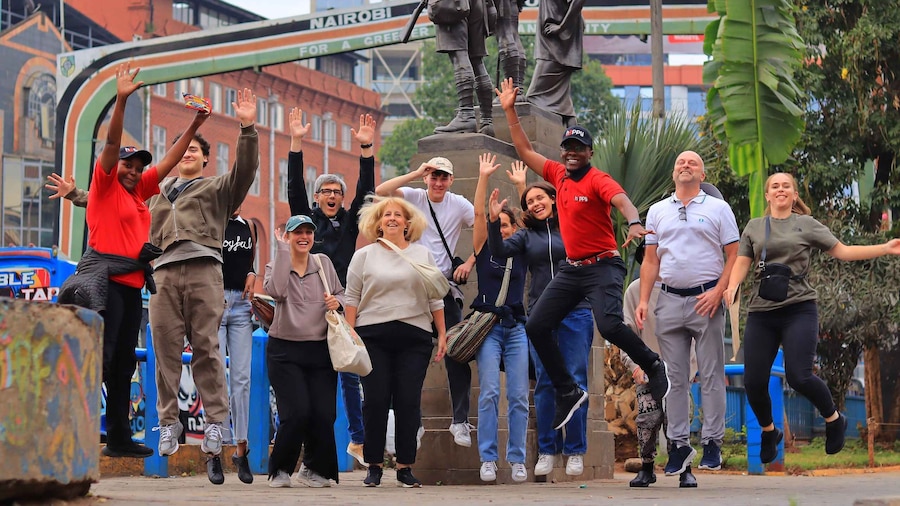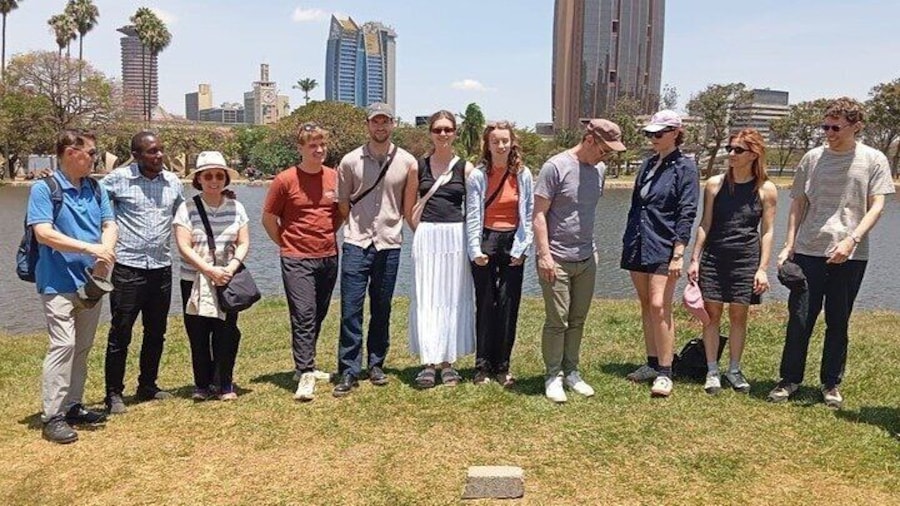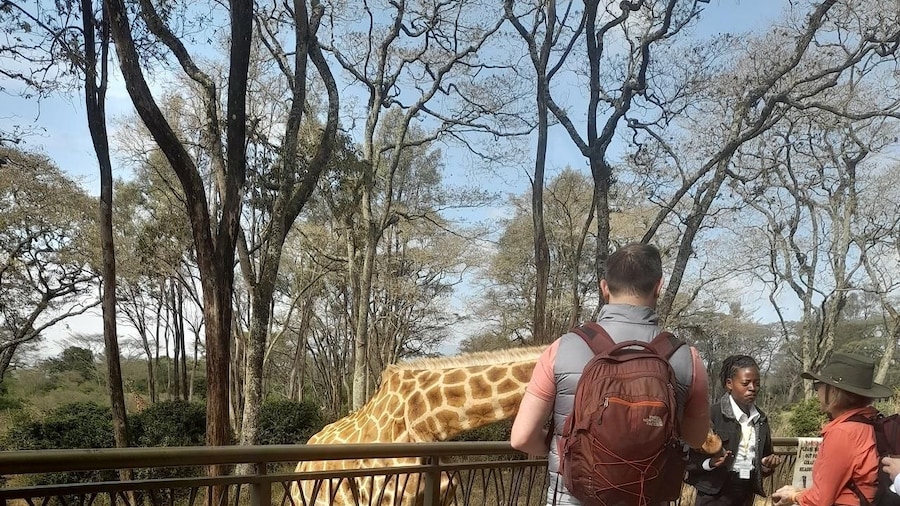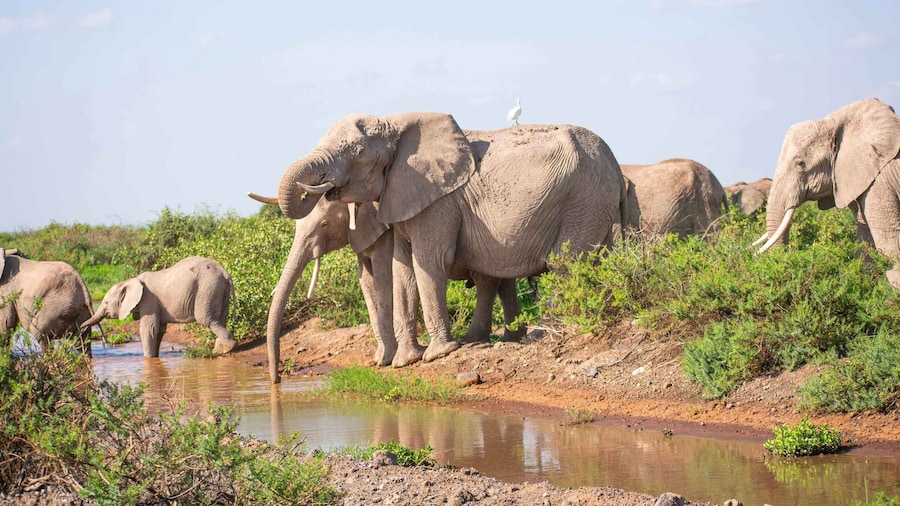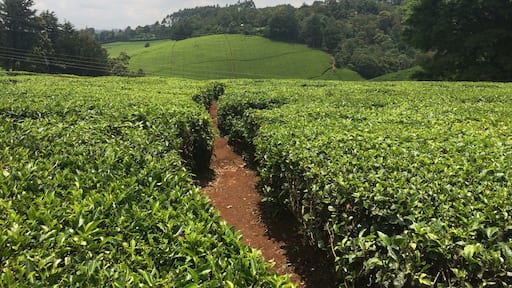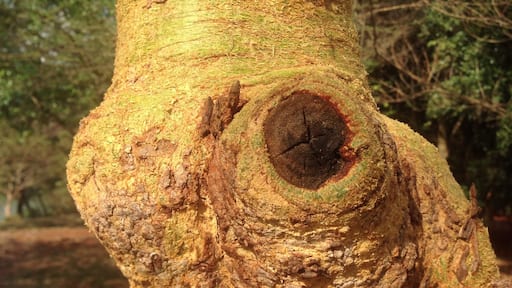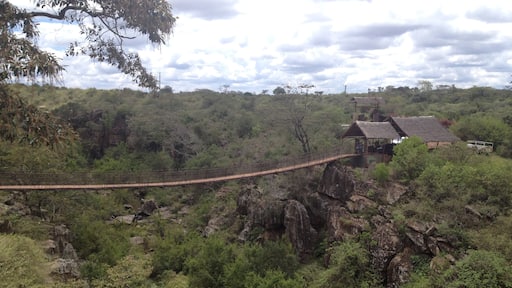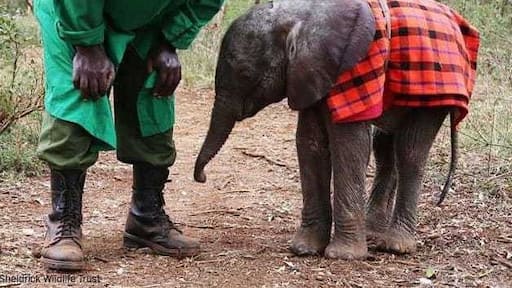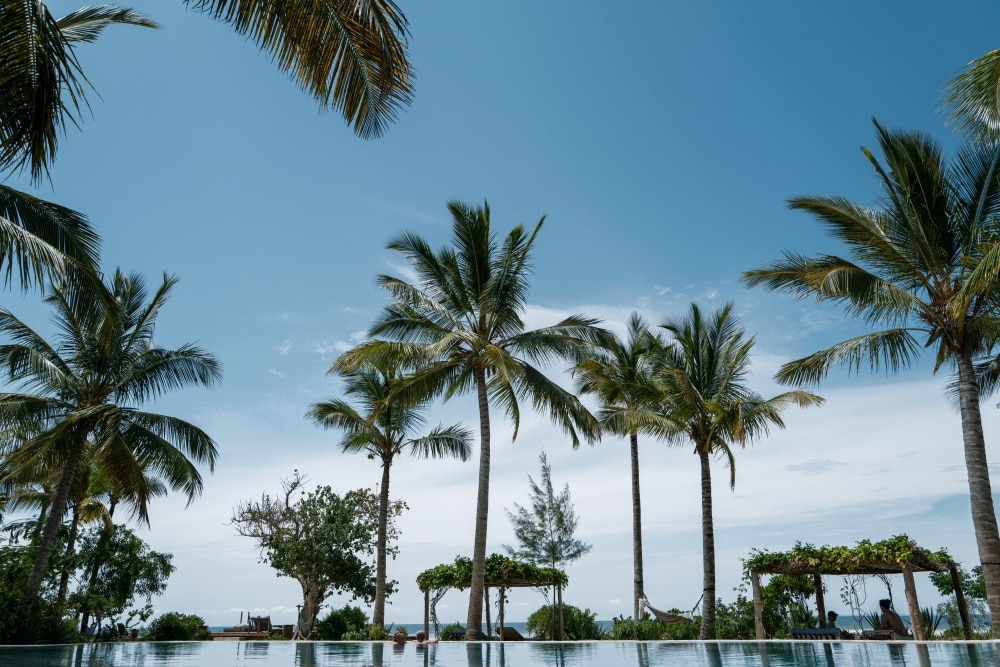In the “Green City in the Sun”, you can enjoy a safari with giraffes, elephants, lions and other wildlife, all within the city limits.
Nairobi, the capital of Kenya, offers cultural displays, historical and ethnographic museums, craft markets and delicious local coffee and beer. Although the city is known for its high crime rate and recurring terrorism threats, people still book a trip to the “Green City in the Sun” for one big reason: An amazing wildlife park set amid reserves of forest and grassland is located right within the city limits.
See lions, leopards, rhinos, wildebeest and more than 400 bird species at the Nairobi National Park, just 10 kilometres (6 miles) from the heart of the city. Don’t miss The David Sheldrick Wildlife Trust, located within the park, where you can visit orphaned baby rhinos and elephants. Nairobi is also home to the AFEW Giraffe Centre and an arboretum.
Immerse yourself in Kenya’s art, history, culture and natural history at the Nairobi National Museum. This museum is part of the National Museums of Kenya, which also manages the Nairobi Snake Park and the Karen Blixen Museum.
Experience tribal culture at Bomas of Kenya where you can tour traditionally crafted huts and enjoy a dance and acrobatics performance. Maasai crafts such as jewellery, carvings, beadwork and fabric can be found at the Maasai Markets, which rotates its location daily. Ask a local for the whereabouts of the market.
After a day of sightseeing, try local food and drink, such as Tusker beer and nyama choma, a meal including barbecued meats. If you’re looking for things to do at night, the suburb of Westlands is known for its more secure bars and cocktail lounges. Even so, it’s best not to go out or use public transport at night in Nairobi.
Taxis and minibuses known as matatus are a cheap way to get around, but allow for plenty of extra time to arrive any where on schedule. Nairobi is best to visit during the drier seasons, from January to March and July to October. Check your government’s official travel advice for the latest updates about the events in Kenya and possible safety warnings.
